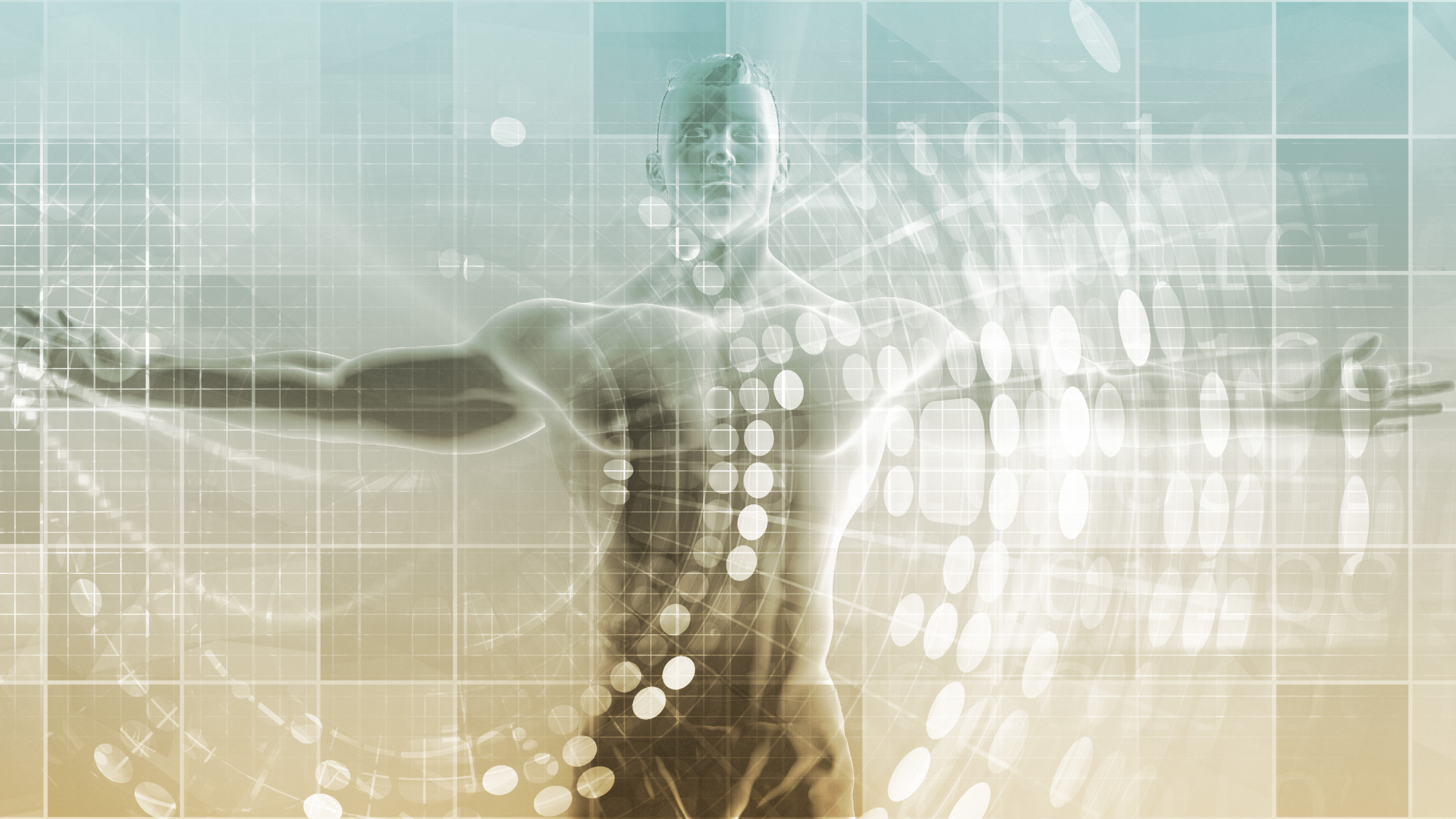![]() Make Appointments 24/7, 365 days a year.
Make Appointments 24/7, 365 days a year. ![]() 302-731-2888
302-731-2888
![]() Make Appointments 24/7, 365 days a year.
Make Appointments 24/7, 365 days a year. ![]() 302-731-2888
302-731-2888

In the past, recovering from a sports injury often meant weeks—or even months—of rest, rehabilitation, and sometimes surgery. But thanks to advances in sports medicine and orthobiologics, athletes and active individuals now have access to treatments that promote faster healing, reduce pain, and minimize downtime. These innovations are changing the way doctors and patients approach injury recovery.
Orthobiologics are natural substances derived from the body that help injuries heal more quickly. These treatments work by harnessing the body’s own regenerative potential to repair damaged tissues, tendons, ligaments, and joints.
Common types of orthobiologic therapies include:
Platelet-Rich Plasma (PRP) – Concentrates platelets from a patient’s blood to stimulate healing and reduce inflammation.
Stem Cell Therapy – Uses stem cells derived from bone marrow or fat tissue to regenerate and repair damaged tissue.
Amniotic Tissue or Growth Factor Injections – Provide anti-inflammatory and regenerative effects to accelerate recovery.
These treatments are typically performed in-office, with minimal downtime compared to surgery.
Sports medicine has long focused on preventing and treating musculoskeletal injuries related to physical activity. Today, it integrates biomechanics, regenerative medicine, and rehabilitation science to optimize both performance and recovery.
Traditional treatments like physical therapy, bracing, and medication are now often paired with orthobiologic therapies to improve outcomes. This integrative approach helps athletes heal faster, restore strength, and return to their activities with less risk of re-injury.
One of the biggest benefits of orthobiologics in sports medicine is accelerated healing. By stimulating the body’s natural repair mechanisms, these therapies help tissue recover more efficiently.
For example:
A PRP injection for a tendon injury can reduce inflammation and promote collagen production.
Stem cell therapy can enhance regeneration in cartilage or ligament injuries.
Amniotic tissue injections can reduce post-injury pain and support cellular repair.
This means many athletes can return to training or competition faster—sometimes avoiding surgery altogether.
Orthobiologics are also helping many patients avoid or delay surgery. For chronic injuries such as partial rotator cuff tears, knee arthritis, or tendonitis, regenerative injections may restore function and relieve pain without the risks of invasive procedures. Even when surgery is necessary, using orthobiologics before or after the procedure can improve recovery outcomes.
While professional athletes were among the first to benefit from these treatments, orthobiologic therapies are now widely available to anyone struggling with joint pain or sports-related injuries. Weekend warriors, active adults, and older individuals who want to stay mobile are turning to regenerative medicine to stay in the game—literally and figuratively.
The combination of sports medicine and orthobiologics represents the future of musculoskeletal care. Ongoing research continues to explore new regenerative options, refine techniques, and expand their use for conditions like osteoarthritis, tendon degeneration, and cartilage loss.
As these treatments become more accessible and better understood, patients can look forward to:
Faster healing
Less pain and inflammation
Reduced reliance on surgery and medication
Long-term improvements in joint function
Sports medicine and orthobiologics are transforming how injuries are treated and how the body heals. By combining advanced diagnostics, regenerative therapies, and personalized rehabilitation plans, today’s patients can experience more complete recoveries and return to the activities they love—stronger and sooner than ever before.
* indicates a required field.